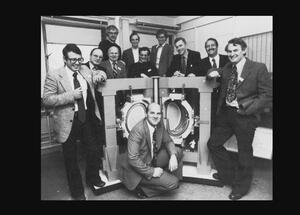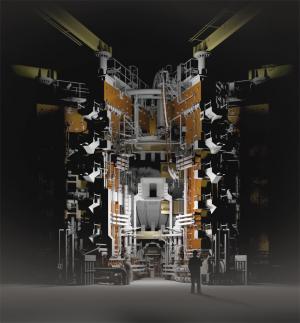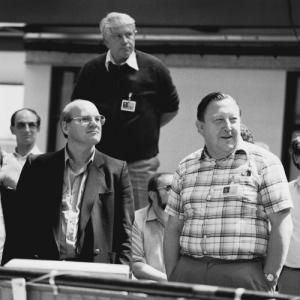"I must say we took a serious risk that day," admits the former director of JET (1985-1992) and later of ITER (1992-1994). "The media had heard about our preparations for tritium operation and insisted on being present in the control room. It was a serious dilemma for me, because many things could have gone wrong. But I decided to accept their presence because the public, who pays for our research, is entitled to be informed. And the following day, every major newspaper in the world carried trumpeting headlines about the breakthrough that had occurred in JET."
"The achievement," wrote The New York Times, "is a major step in harnessing for constructive human use the kind of thermonuclear fire that lights the sun and produces the awesome blast of the hydrogen bomb." In France, Le Monde hailed the "event that the world physics community had long expected." And, as could be anticipated, the expression "Sun in a bottle" was everywhere...
There were, of course, more important rewards than headlines, however large and enthusiastic. "By demonstrating that fusion was feasible" read the official press release, the European JET had "laid a firm foundation for the proposed experimental reactor ITER, which is planned to be carried out as a worldwide collaboration."
Rebut, as always, was already one step ahead. "JET in itself was of no use," he explains, "if it didn't open the path for a new machine." Indeed, the ITER Project entered Engineering Design Activities the following year and Joint Work Sites were set up in three locations, San Diego (US), Garching (Germany) and Naka (Japan).




